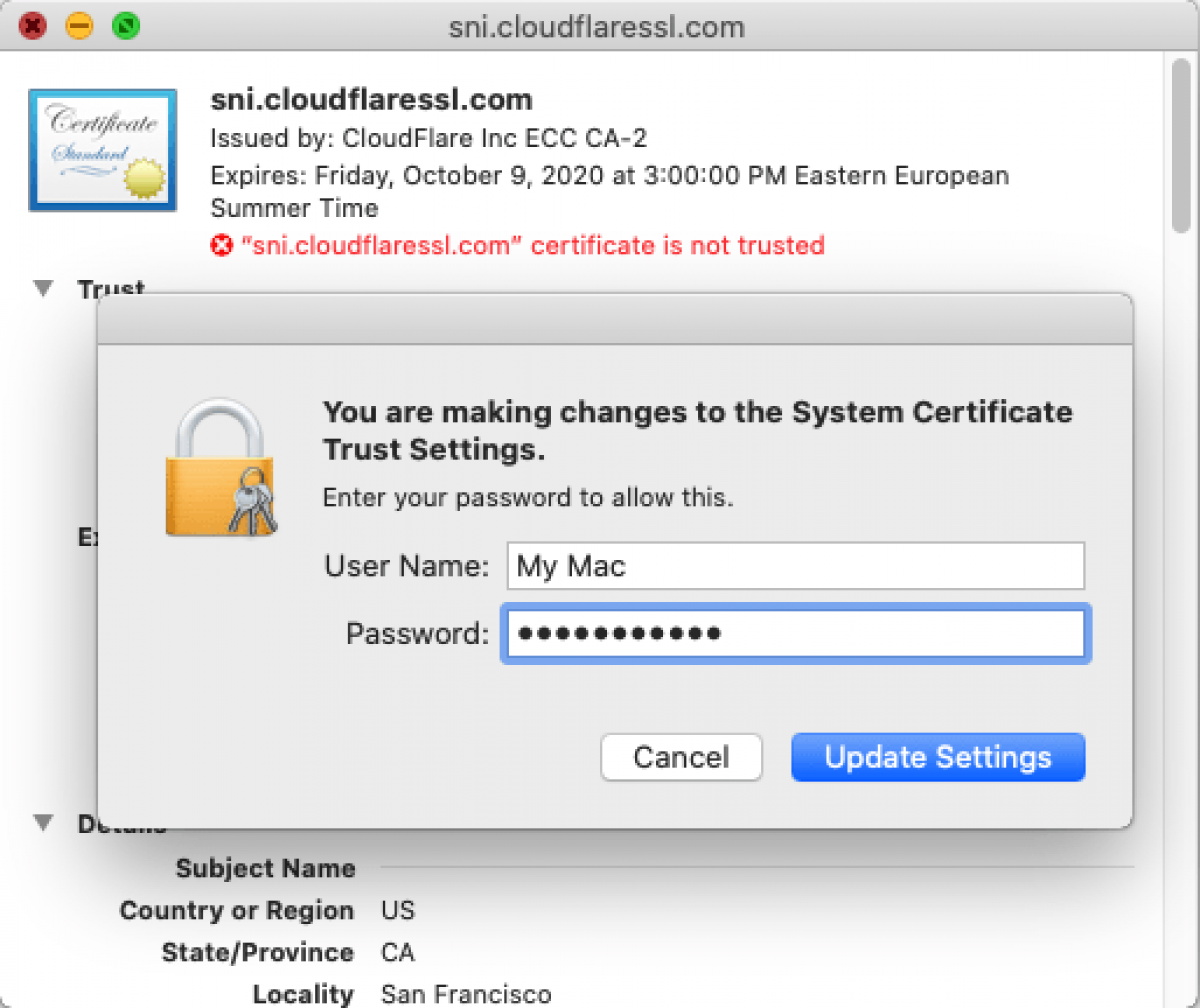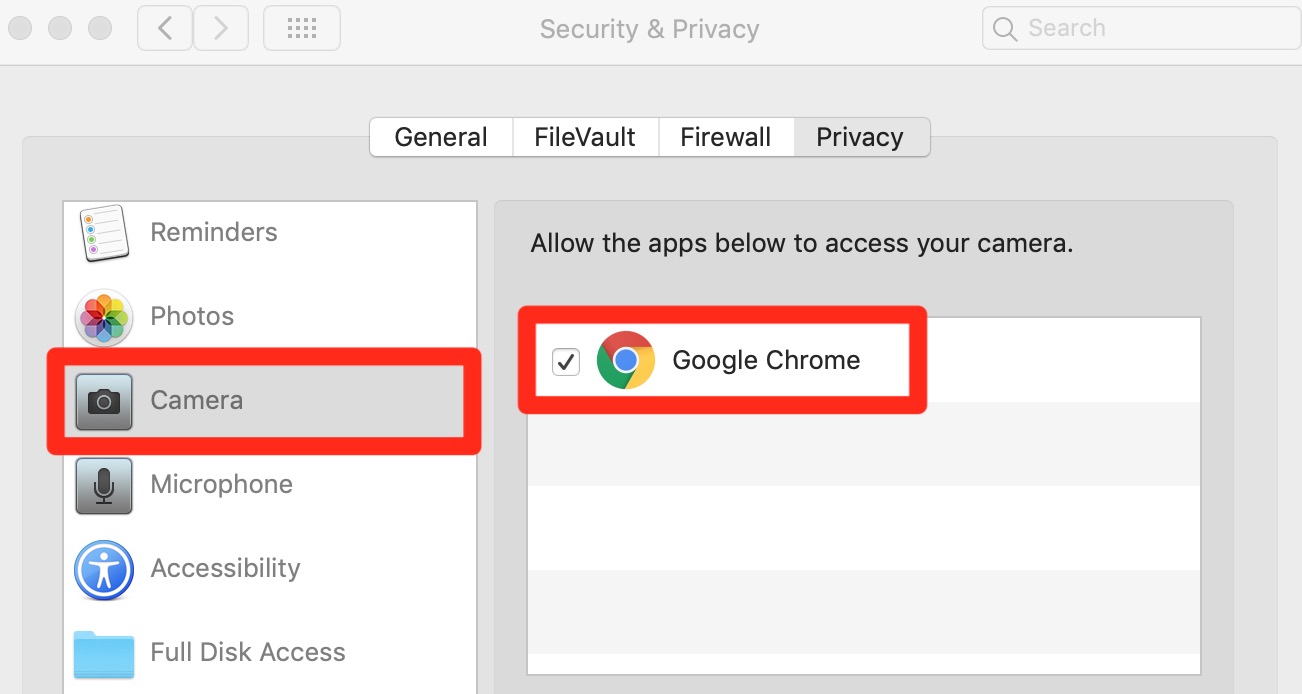
- Turn on location for chrome mac how to#
- Turn on location for chrome mac install#
- Turn on location for chrome mac mac#
Turn on location for chrome mac mac#
Traffic Light helps protect you from phishing attacks by finding hidden trackers and warning you about malicious websites.īy the way, did you know that CleanMyMac X can manage your browser extensions and scan your Mac for malware? Ghostery Lite blocks ads and trackers, and you can customize it so that you can choose to allow some adverts. There are also a number of extensions that can help secure your privacy while you surf the web. Your ISP won’t know what sites you’re visiting, and the websites you visit won’t know where you’ve come from. You can also choose which country it looks like you’re connecting from. By signing up for a VPN service, you ensure that all the data transmitted to and from your Mac is encrypted. You could also consider using a virtual private network (VPN). Whereas Google grabs as much data as it can about you to feed to advertisers so they can display relevant adverts, DuckDuckGo doesn’t track you and doesn’t display adverts. The first is to swap Google for DuckDuckGo. There are a few other things you can do to prevent apps and websites from tracking you. Check the boxes next to the apps to revoke their permissions.
Turn on location for chrome mac install#
Install and launch CleanMyMac X - a link to download the free edition. Turn on location for chrome mac how to#
Here’s how to use it to control app permissions

The app shows all permissions your apps have and lets you remove them quickly. I've been using CleanMyMac X to check and control which apps can access the microphone, camera, and specific folders on my Mac. The first step is to manage the permissions you give to programs on your Mac. If your main concern about allowing apps and services access your location data is privacy, and particularly if you are worried about being tracked, there’s a great deal more you can do to protect yourself.
Uncheck any apps you don’t want to have access to your location data. Those that have access have a checkmark next to their name. You will see apps that want access to Location Services listed in the main window.  Check the box next to Enable Location Services. Select the padlock and type in your admin username and password. Click on the Apple menu and choose System Preferences. Press Done and quit System Preferences. Check the box next to the "Show location icon in the menu bar when System Services request your location". Scroll down to System Services and click Details. Follow steps 1-5 in How to Disable Location Services. If you take this approach to control your location data, it’s worth turning on the location indicator in the menu bar, so you can see when an app or service is using it. Those that have used location data recently are flagged with the Location Services icon. Leave the Enable Location Services box checks, but go through the list of apps and uncheck the ones you don’t want to access your location. If you’d rather exercise more nuanced control over which apps can access location data, here’s how to do it. In fact, location data, such as metadata in images, is retained in files when you switch off Location Services. Other sites may use cookies stored in your browser when you did allow access to location data – those are not deleted when you turn off Location Services. That’s why, if you use Twitter, for example, you may still see the name of the city or region you’re in on tweets you post.
Check the box next to Enable Location Services. Select the padlock and type in your admin username and password. Click on the Apple menu and choose System Preferences. Press Done and quit System Preferences. Check the box next to the "Show location icon in the menu bar when System Services request your location". Scroll down to System Services and click Details. Follow steps 1-5 in How to Disable Location Services. If you take this approach to control your location data, it’s worth turning on the location indicator in the menu bar, so you can see when an app or service is using it. Those that have used location data recently are flagged with the Location Services icon. Leave the Enable Location Services box checks, but go through the list of apps and uncheck the ones you don’t want to access your location. If you’d rather exercise more nuanced control over which apps can access location data, here’s how to do it. In fact, location data, such as metadata in images, is retained in files when you switch off Location Services. Other sites may use cookies stored in your browser when you did allow access to location data – those are not deleted when you turn off Location Services. That’s why, if you use Twitter, for example, you may still see the name of the city or region you’re in on tweets you post. 
For example, some will detect your IP address and try and use that to determine your location. However, it won’t prevent websites and apps from gaining any information at all about your location. Google Maps, for example, may not able to provide directions from your current location.

Obviously, that will affect how some apps and services work and prevent others from working at all. With Location Services switched off, no app or web service will be able to access location data on your Mac.
Uncheck the box next to Enable Location Services. Click on the padlock and type in your admin name and password. Select Location Services on the left-hand side. Go to the Apple menu and choose System Preferences. Fortunately, you can control who can see your location data and when. And location data is personal, so you might not want every possible app or website to have access to it. However, they also allow search engines to show you adverts relevant to your location. And, of course, they allow Apple’s Find My services to locate you, your friends, or your devices. They allow calendar apps to tell you how long it will take you to get to an appointment, for example. Location Services in macOS are used by a whole host of apps and websites to provide several different services. But to help you do it all by yourself, we’ve gathered our best ideas and solutions below.įeatures described in this article refer to the MacPaw site version of CleanMyMac X. So here's a tip for you: Download CleanMyMac to quickly solve some of the issues mentioned in this article.







 0 kommentar(er)
0 kommentar(er)
